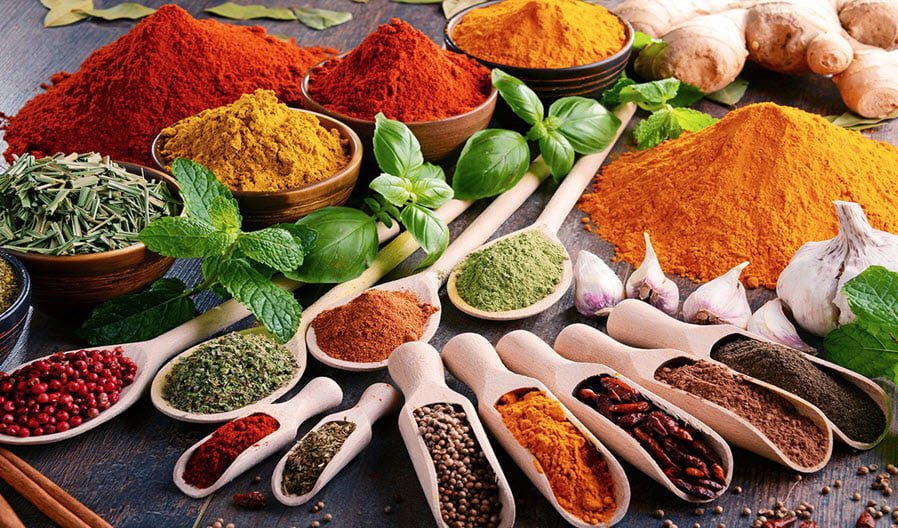Low salt diet to treat heart failure
People with heart failure can improve their symptoms by reducing the amount of sodium in their diet. Sodium is a mineral found in many foods, especially salt.
1. Heart failure and low salt diet
Eating too much salt causes the body to retain water. Over time, fluid builds up in the body and can cause conditions such as increased blood pressure and stress on the heart. Furthermore, salt makes the symptoms of heart failure worse. In the long run, it also causes kidney damage. In addition, when following a low-salt diet, it also works to control blood pressure and edema.
As a recommendation, patients with heart failure should eat no more than 2,300 milligrams of salt each. Eating less than 1,500 mg of salt per day is most reasonable. Everyone, even healthy people, should cut down on their daily salt intake. For patients with high blood pressure should be cut down.
Most Americans think sea salt is a lower sodium substitute than regular table salt. But that is a misconception, because sea salt or regular table salt both have the same amount of sodium. And no matter what type of salt you eat, it raises blood pressure.

Bất kì loại muối nào cũng khiến huyết áp của bạn bị tăng
2. Low-salt diet method
75% of the salt you eat every day comes from processed foods like soups and frozen foods. To know the sodium content of a food, check the label of the package and from there develop a sensible diet.
To limit the accidental consumption of high-salt foods, you should use fresh ingredients or foods without added salt. Avoid canned products such as canned soups, appetizers, pasta and rice mixes, instant cereals, and puddings or sauces.
Use fresh canned vegetables without added salt or canned vegetables that have been washed before processing. Avoid salt mixed with garlic salt, salt and pepper,...
However, cutting down on salt doesn't mean you have to eat bland. You can make a homemade blend of some healthy seasonings together to replace salt.

Tự thực hiện pha trộn gia vị lành mạnh để ăn thay cho muối
Directions: Combine all ingredients in a small bowl and mix well. Then, store them in a cool, dry place. The recipe is as follows:
Spicy salt:
1/4 teaspoon ground white pepper 1 tablespoon dry mustard 1/4 teaspoon cumin 1/2 teaspoon onion powder 1/2 teaspoon garlic powder 1 /4 teaspoon curry powder 2 teaspoons garlic powder 1 teaspoon basil 1 teaspoon oregano 1 teaspoon lemon zest or lemon juice Herb seasoning
2 tbsp dill or basil leaves 1 tbsp celery seed coffee 2 tbsp onion powder 1/4 tsp crushed dried oregano Pinch of ground pepper seasoning Spicy
1 tsp pepper 2 tsp paprika 1 tsp crushed coriander seeds 1 tbsp rosemary soup
Spicy salt:
1/4 teaspoon ground white pepper 1 tablespoon dry mustard 1/4 teaspoon cumin 1/2 teaspoon onion powder 1/2 teaspoon garlic powder 1 /4 teaspoon curry powder 2 teaspoons garlic powder 1 teaspoon basil 1 teaspoon oregano 1 teaspoon lemon zest or lemon juice Herb seasoning
2 tbsp dill or basil leaves 1 tbsp celery seed coffee 2 tbsp onion powder 1/4 tsp crushed dried oregano Pinch of ground pepper seasoning Spicy
1 tsp pepper 2 tsp paprika 1 tsp crushed coriander seeds 1 tbsp rosemary soup

Ớt bột có trong thành phần của gia vị cay
Even when eating at a restaurant, you can cut your salt content by choosing healthy dishes:
For appetizers: Choose from fresh fruit, salad. Stay away from soups, broths, breads, and rolls with a salty butter crust. Avoid eating pickles, canned vegetables or cured meats, cheeses, etc. For main courses: Choose simple foods including grilled meat, chicken, fish. Vegetable dishes include: potatoes and noodles. Avoid eating casseroles, dishes mixed with sauces. In addition, you should also avoid fast food restaurants to best protect your heart health.
Reference source: webmd.com






